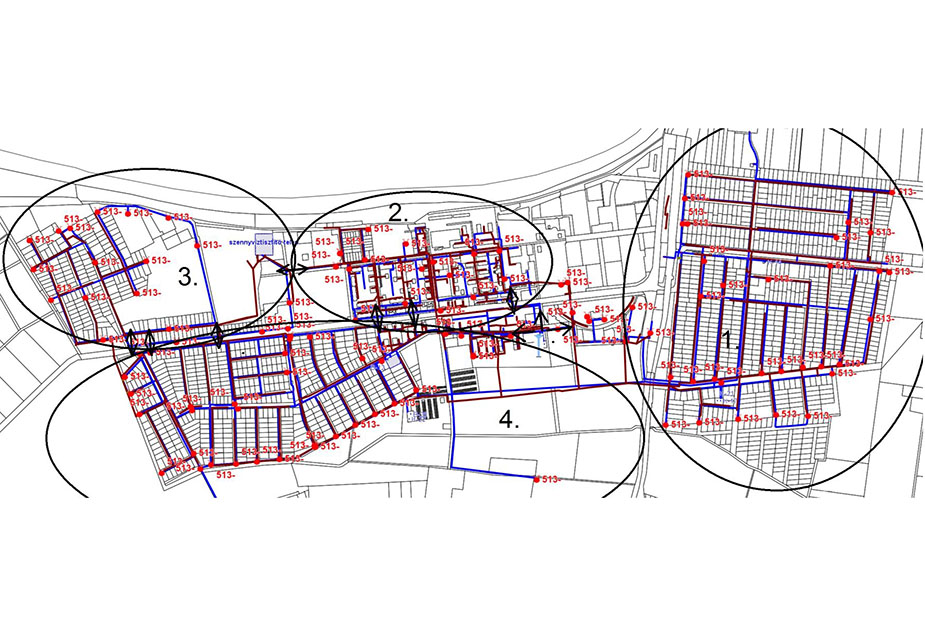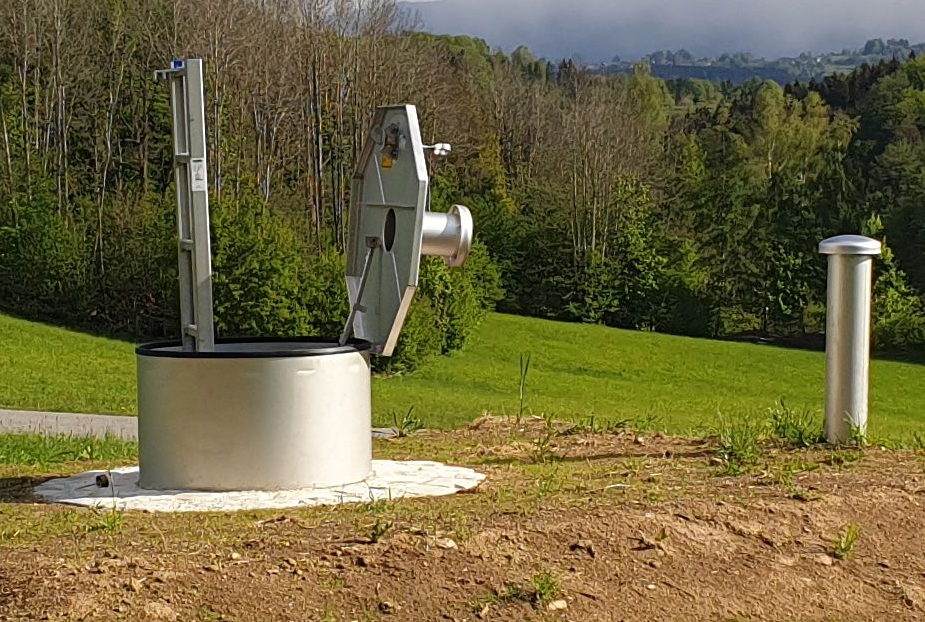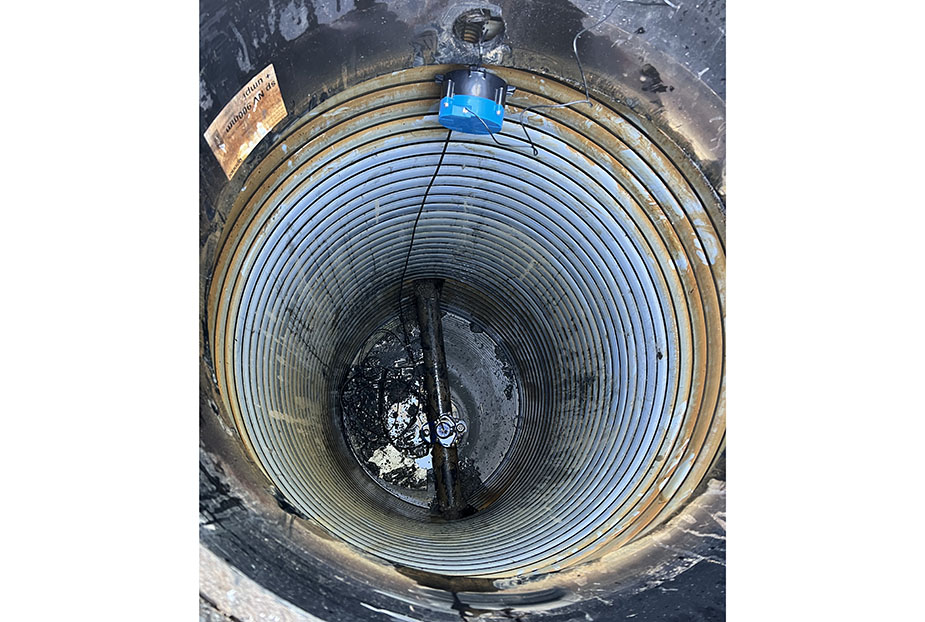





|
SECTIONAL MEASUREMENT OF DMAWater is transported through a series of pipelines made up of pipes of different sizes and materials. Distribution companies try to keep these branching networks under control, but the hundreds of kilometres of underground network is difficult to manage due to weather changes, ground movement, vibrations and ageing pipelines.The key to managing the water network and intervening quickly is the establishment of DMA sectional metering points. In practice this means that large networks are divided into smaller sections that are easier to monitor whether it be on a circulating system or end branches. The measuring points should be equipped with flow meters or insertable AQ Flow sensors. AQ Flow sensors shall be installed in pressurised pipelines without shutting off the network (hot tapping). The devices measure the flow in both directions and can be upgraded with pressure and temperature sensors. AQ sensors are developed for battery-powered installations and have an extremely low power consumption, ensuring several years of operation without changing batteries. The measuring points are equipped with AQ communication units. The devices automatically transmit data in real time, which can be compared and analysed. The DMA sectional zones are viewable on the AQ WEB portal where an overview of the trends for each individual point or as a whole zone is available. AQ devices can be grouped together with different units called AQ Virtual Devices. In this way multiple devices can be monitored simultaneously on a single chart. Interfaces with virtual devices also allow the difference between the inlet and outlet flow of water into the system to be calculated, making it easier to analyse what is happening in the pipeline. A Leak Detection Algorithm helps to identify losses more easily. The whole system can be protected by a threshold algorithm function that monitors the devices and automatically reports problems on the network without constant monitoring. AquaLink detects leaks as soon as they happen. For the existing systems the Ideal Line algorithm is used to monitor the difference between real consumption and the growth or decline of flows in our DMA network over a desired period of time. To facilitate the location of silent spills we put the system into the step testing mode which means that during the night period we put a larger number of AQ devices in night mode (storing data every 15 seconds and sending it every 5 minutes). This gives us current data on the flows on the pipelines and compares it with historical data. The system operates via GSM 2G/3G/4G, NB-IoT, WiFi and LoraWan networks. AQ devices send data at configurable intervals and time periods. The system is easy to install and requires no programming knowledge. |